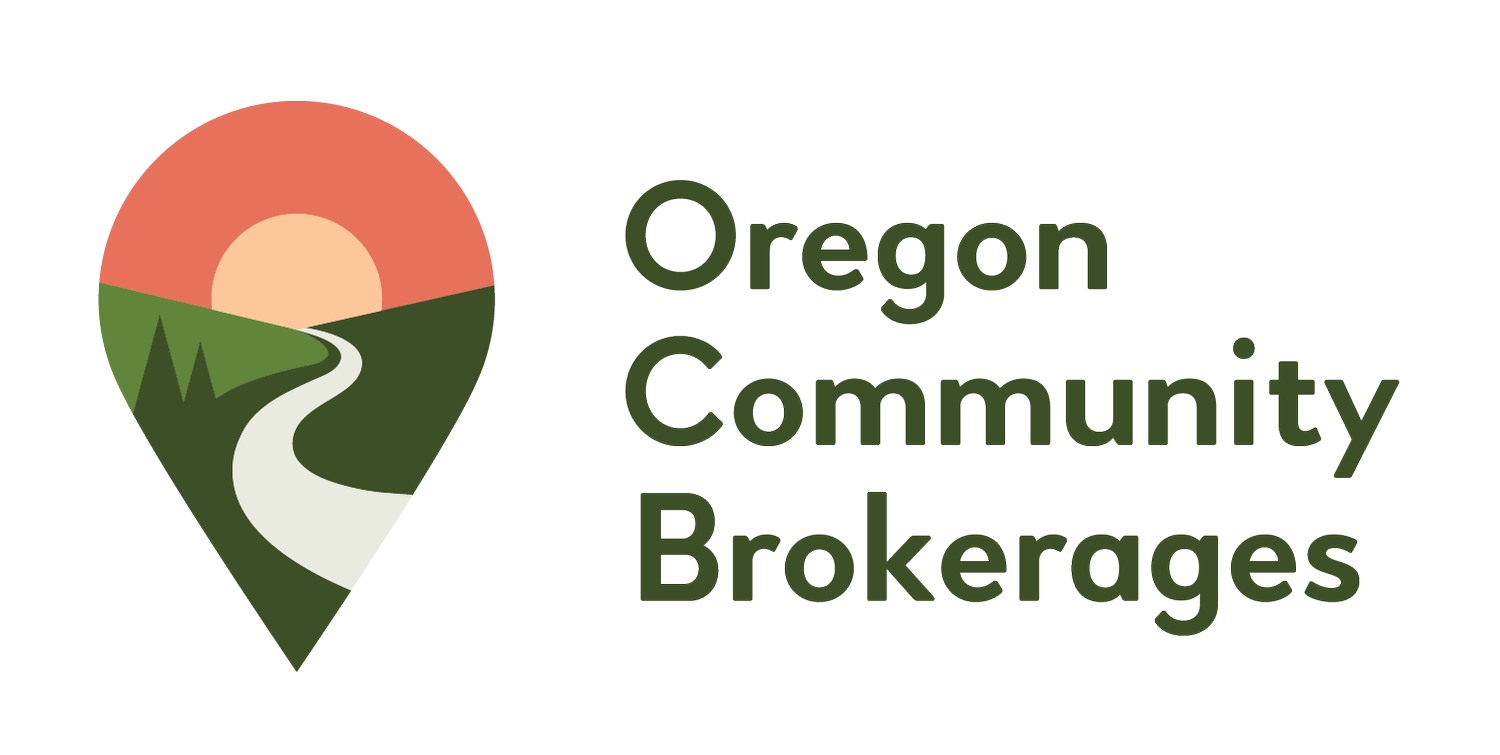Nothing Endures But Change
We have talked a lot about the series of policy changes back in late 2013 that resulted in the statewide Community First Choice K Plan, in consolidating services and payment into the eXPRS Plan of Care, and the rise of the Adult Needs Assessment as a primary point of departure for service planning and funding. The entire system still struggles to find equilibrium in the wake of such wholesale change. Equity in service allocations, rates of pay, and time spent on face-to-face services vs. paperwork has been disrupted due to choices made during the implementation of these policies. Today, we believe that more change is necessary if Oregon is to regain a functional, sustainable structure for IDD services.
Spending When Support Services were founded back in the early 2000s, the eligibility requirements for IDD services were intentionally broad to serve as many people as possible. The hard caps on service allocations, averaging around $14,000 annually by 2012, kept service spending well in hand despite increasing enrollment. Hard caps such as this were eliminated under the K Plan, and we have seen a corresponding rise in cost-per-case within Support Services. Another reason for this rise is Oregon's choice of assessment tool, which currently determines service allocations. The Adult Needs Assessment (ANA) is an Oregon invention, adapted from the SNAP assessment used for years to determine Adult Foster Care rates. The ANA had to be adapted quickly, and there was not time for the Office of Developmental Disability Services to ensure that the tool was a valid measure of needs, nor that it was reliable from one person to another. The resource allocation mechanism was likewise completed without adequate time to test and ensure that funding was allocated at an appropriate level. The result of the rush to implement the ANA is a tool that allocates substantially more funds than are being used, on average. It is also more medical and deficits-focused than most stakeholders would like. The ANA and uncapped service structure have combined for a precipitous increase in spending by Support Services customers--a 42% increase from April 2014 to April 2015, according to the Department's report to the Joint Interim Subcommittee on Human Services on September 28, 2015. These spending trends are not sustainable, and a core feature of any high-quality service system for people with IDD is that they are dependable and assured from year to year.
Case management K Plan policy created a sea-change for Personal Agents, who were essentially forced to relearn their jobs while continuing to perform them. Anyone who has had a Personal Agent since before 2013 has probably felt the crunch--less face time, slower response time, more paperwork. New reporting requirements, mandated forms, and the eXPRS database have all added layers of additional responsibility to the Personal Agent position, moving them further and further away from the people they would like to serve. Strong case management is critical to a healthy, functioning IDD system--case managers serve as the pivot point for all services, a single focus of coordination to ensure that we adhere to state and federal rules, and keep the individual's direction and wishes primary. A change in the job description for case managers, and in the structure of case management, is necessary to refocus worker time and workforce strength.
Pay rates Service hours have become abundant for many people in the IDD service system. However, the rate of pay attached to those hours has decreased, or failed to keep pace with rising inflation. The result of this is that individuals are simply not able to find providers for all of the service hours for which they are currently eligible. Agency providers of IDD services have hundreds of open positions across the state that remain unfilled. As the economy improves and the reimbursement rate for these services remains low, skilled, experienced providers leave the system for jobs in unrelated fields. For a more detailed discussion of this phenomenon, please check out The Cost of Compassion, a short film created by the Oregon Rehabilitation Association.
Change is coming, and we need to be prepared. In our next post, we will discuss the methods and approach we will need to employ during the coming period of policy change. We have to learn from our recent history, improve on our own performance, and learn from our mistakes if we hope not to repeat them.
